Sony has unveiled a range of updates to many of its products, including its Venice digital motion picture camera, FX9 full-frame camera and its 4K HDR professional monitors.

It is also expanding its portfolio of Ci cloud-based collaboration and content management tools with an enhanced hybrid asset management system that unifies Ci and NavigatorX, as well as a new Media Analytics Portal.
Venice users are promised “even greater creative freedom and usability” with version 6.0 firmware expected in November 2020. It will support the import of a new Advanced Rendering Transform (.art) file including a new Technicolor look library, addition of second user frame line and expanded HFR capabilities, among other new features. The .art files can improve monitoring picture quality and on-set viewing options and can be generated by Sony’s Raw Viewer software from users’ own 3D LUT files.
Other v6.0 features include: improved 3D LUT monitoring, where the 3D LUT look can be fed to the camera viewfinder; and gyro information in metadata, so the camera’s Tilt & Roll data can be referenced by VFX teams.
The FX9’s v2.0 firmware will expand shooting capabilities and improve its user operation. Expected in October, it supports 4K 60p/50p recording through oversampling from a 5K cropped area of the 6K full-frame sensor, 16-bit Raw external output and more.
The PXW-FX9 was launched last year to bring full-frame imaging to ‘run-and-gun’ documentary and independent productions. Its v2.0 firmware will enable output of a 4K 16-bit Raw signal to an external recorder with the optional XDCA-FX9 accessory. This additional bit depth beyond the camera’s internal 10-bit recording is designed for projects requiring more intensive post-production.
Its 4K handheld compact camcorders (the PXW-Z1901 and PXW-Z280) will gain RTMP/RTMPS FHD streaming capability (in early 2021), allowing users to live stream and upload to video content sharing sites and social media platforms quickly, anytime and anywhere.
The new MSU-3500 and MSU-3000 master setup units offer multi-camera remote control for HDC series system cameras. Each has a 7in WVGA LCD touch panel for better user visibility. The MSU-3500 is half rack with vertical orientation, while the MSU-3000 is a full rack width and is horizontally oriented. Both will be available in summer 2020.
As demand for high dynamic range content continues to grow, Sony is supporting HDR across its professional portfolio. This includes further adoption of SR Live Metadata. Sony HDC camera settings are captured by the camera and sent throughout the production process. This allows the SDR production to be perfectly replicated, as intended by the shading craftsperson. Only the HDR signals need to be switched and routed, eliminating the need to add separate production staff to handle the SDR.
File-based production systems, such as the PXW-Z750, PXW-Z450 and PXW-X4003 professional camcorders, will also support SR Live Metadata with the application software Catalyst Prepare by the end of 2020.
The PXW-X400 2/3in shoulder mount camcorder will gain an optional software license that will add 1080 60p/50p HDR capability from July.
Sony’s new PVM-X2400 (24in) and PVM-X1800 (18.4in) 4K HDR monitors with Trimaster technology support an all-white luminance of 1,000cd/sqm and match 100% of the colour gamut of the BVM-HX310 Trimaster HX master monitor, ensuring colour accuracy from production to post. They are due to launch in July.
The XVS series production switcher now supports HDR conversion and will also be offered with two new mix effect boards: the XKS-8215 for the XVS-9000/8000 switcher, and XKS-7215 for the XVS-7000. The new boards will offer four fully functional keyers per 4K ME, with resizers, chromakey and key priority.
Sony has also updated several of its cloud-based services. The Ci media cloud platform, which is designed to bring disparate systems and redundant file transfers into a single unified platform, will be updated this month, including the launch of Ci Catalog. This promises to streamline asset management for large media enterprises and enable better management of finished assets.
It is also promising enhanced hybrid operation of NavigatorX and Ci, to “provide a world-class hybrid asset management solution” from June. Customers will be able to manage content in any facility or in the cloud.

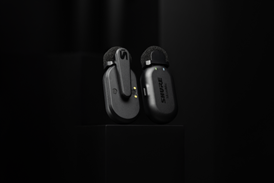


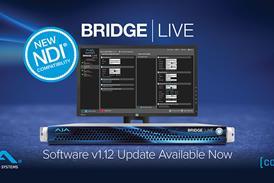






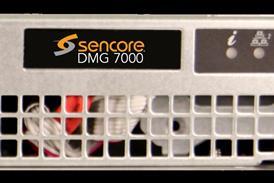
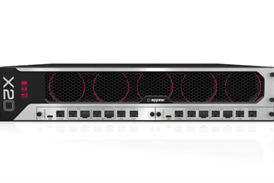


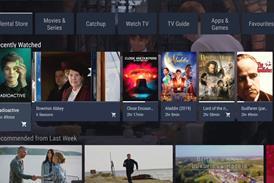


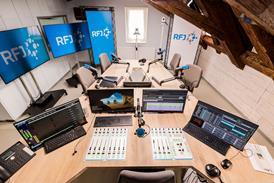













No comments yet